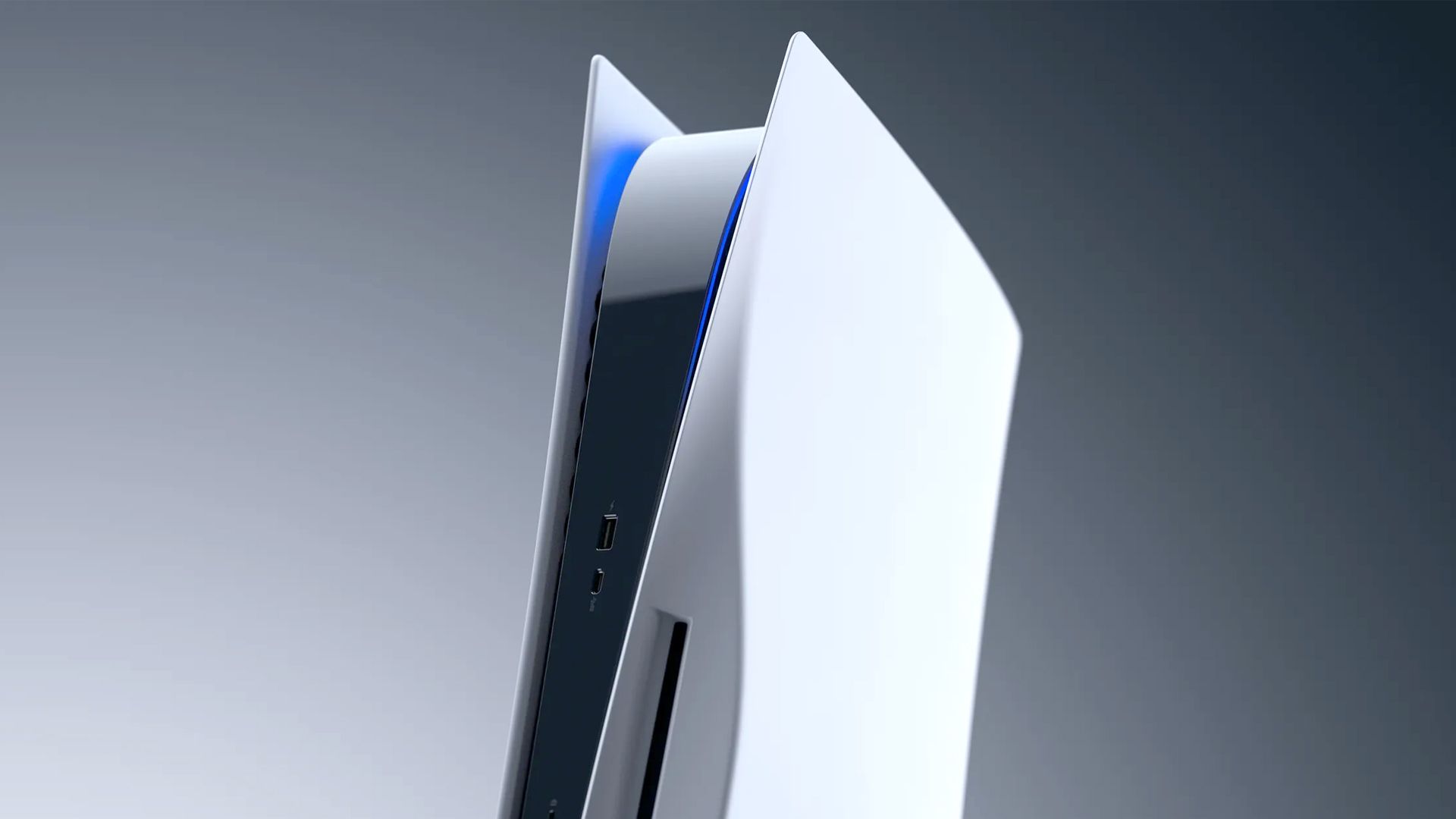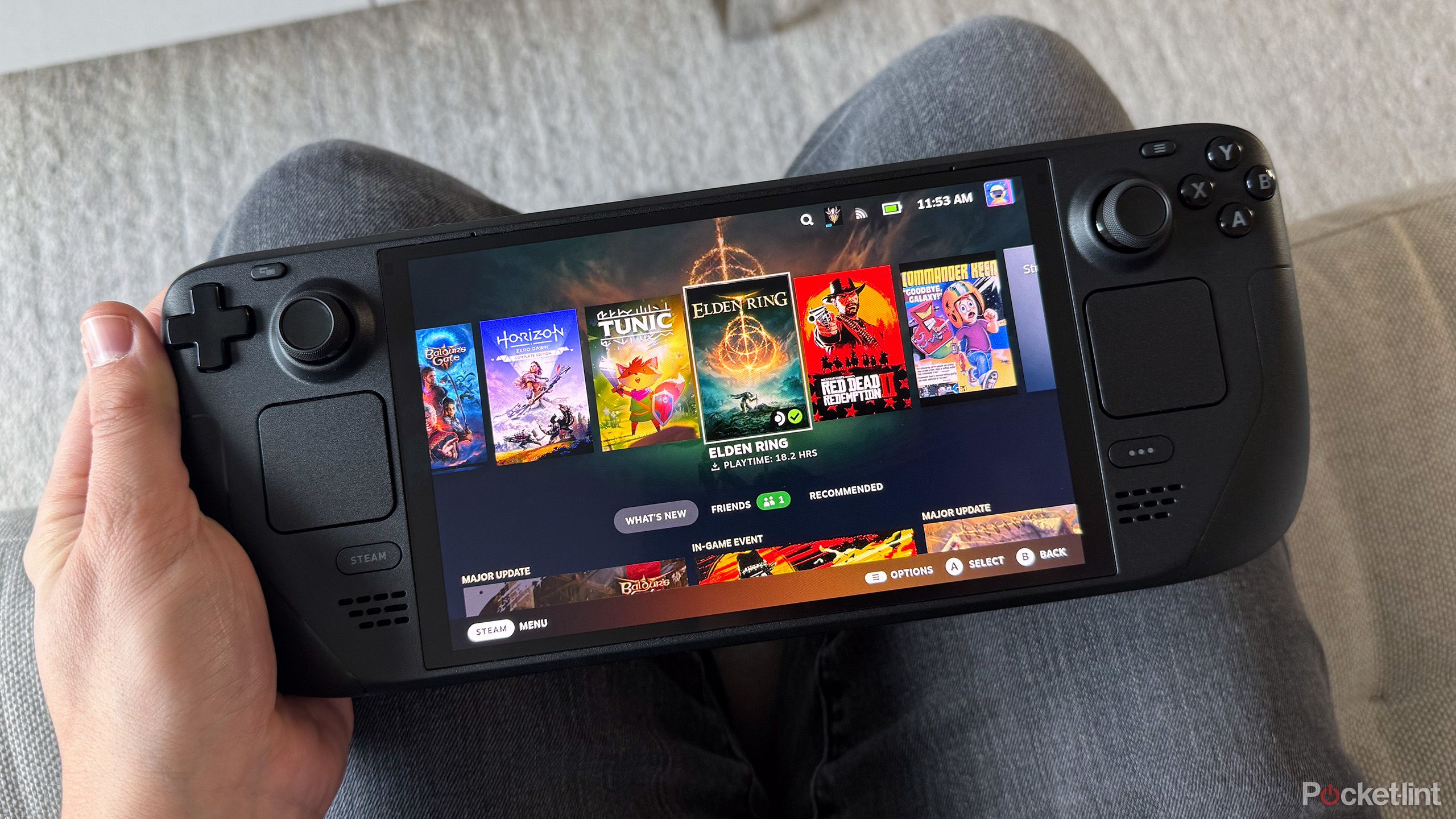Key Takeaways
- Xbox Series S offers a budget-friendly option with strategic sacrifices in processing power and storage.
- PlayStation 5 is a strong competitor but a Series S has an attractive price advantage, especially for offline gamers.
- Consider handheld gaming PCs for portability, lower prices, and a diverse gaming catalog compared to Xbox Series S.
Consoles used to be a simpler affair — you bought a Super Nintendo, say, in one configuration unless it was in some sort of bundle. But systems have become more expensive as they’ve become more powerful, and one way of keeping prices in check has been to offer less powerful variants. Microsoft’s Xbox Series S is one of the latest examples.
Is the Series S worth buying in 2024? That’s a dilemma created not just by the Xbox Series X, but by a growing number of alternative devices, and the demands of modern games.
Related
4 reasons you should get a PC instead of an Xbox
You don’t even have to spend that much extra if you’ve got a 4K TV.
What is the Xbox Series S?
A quick primer
Microsoft/ Pocket-lint
The Series S is identical in most respects to the Series X. It can run all the same games and services, it just makes some strategic sacrifices to keep its price down. Above all it uses less powerful processor technology, rated at 4 teraflops instead of 12. To keep framerates up, game resolution is capped at 1440p instead of 4K.
There’s also inferior storage. You’ve got the choice of a 512GB or 1TB internal SSD, whereas the Series X starts at 1TB and has a 2TB option. There’s no disc drive either, so the Series S is simply incapable of playing physical copies of games or movies on Blu-ray or DVD. Every game you buy has to be downloaded from Microsoft.
The one design triumph of the console is size. It’s far more compact than the Series X, so it’s easily stashed in entertainment centers or suitcases. You can even buy (or make) all-in-one cases that include a small display, though it’s probably not the best choice for gaming in an Economy-class plane seat.

Related
This Prime Day bundle lets you play Xbox games without a console
This Amazon Prime day deal lets you stream Xbox games to your TV without a console.
The main threat: PlayStation 5
Why buy an Xbox at all?
Simply put, Sony’s PlayStation 5 has pulled ahead of both the Series S and X in popularity. That’s been helped by more popular exclusive games like Spider-Man 2 and God of War: Ragnarok, not to mention the momentum created by the success of the PS4. If you’re upgrading from a PS4, it just makes sense to buy a system that can carry over your existing game library.
Even if you don’t have an old library or care about exclusives, PS5 sales figures mean that a lot of your friends may be on that platform. Some games do support cross-platform multiplayer, naturally, but you may need to pick up a PS5 to be sure you can join friends on a regular basis.
The Series S does hold a meaningful price advantage. It starts at $300, whereas a disc-less PS5 is at least $450. With the savings, you could easily pick up a game and an extra controller. Indeed there might not be much reason to get a PlayStation if you mostly play offline, especially when Xbox Game Pass is typically thought to offer a better subscription catalog than PlayStation Plus. If you don’t care about playing triple-A games at launch, Game Pass can actually save you money versus buying every new title that interests you.
3:16

Related
Star Wars Outlaws may break Ubisoft out of its open-world funk
The more I play Ubisoft Massive’s open-world Star Wars game, the more I can’t stop thinking about it
Should you just spring for the Xbox Series X?
The big issue here is storage. 512GB on the base Series S may technically be enough for very casual gamers, but could also run out faster than you expect given the footprint of some games — Call of Duty: Modern Warfare 3, for example, can consume over 200GB. If you don’t want to uninstall software on a regular basis, you should spend an extra $50 on the 1TB model, but at that point you might be tempted to buy a Series X given the reduced (albeit $150) price gap.
If storage isn’t a worry, there’s a solid case for the S. It saves money and space, and 1440p (or even 1080p) output is plenty sharp unless you have a massive 4K or 8K TV. Even then lower resolutions can be upscaled, so what you’re really gaining from native 4K output is moderately crisper detail.
The X is really targeted at people who demand a top-flight experience, access to physical games, and/or something that can double as a Blu-ray player. If you don’t need any of those to have fun, the Series S has you covered.

Related
Black Myth: Wukong tested my patience but I’m glad I stuck with it
Beneath the shiny graphics, Black Myth: Wukong eventually becomes a great RPG to play but never lives up to its inspirations.
The dark horse: handheld gaming PCs
More choice, and potentially a better value
While they might not immediately strike you as Series S competitors, handheld PCs offer a good value proposition. The 256GB LCD Steam Deck is down to $399, and you may be able to find used Decks for less on sites like Facebook Marketplace. Handheld PCs additionally offer expandable storage via SD cards, and the ability to jump between portable gaming and connecting to a TV, though you may need a dock and/or HDMI cable for the latter.
The PC gaming catalog is enormous — decades-old titles are still playable, and since games don’t have to be certified by platform holders, there’s a huge diversity of indie releases alongside triple-A products. Many Xbox games show up on PCs as well, since Microsoft wants you to play on Windows. There’s a PC version of Game Pass, should you need it — although that’s incompatible with Steam Decks except via the cloud. Windows handhelds don’t have this issue.
You might prefer a Series S anyway if you don’t care about portability and price rules supreme. It can be tough to find a handheld that actually reaches the $300 mark, and better models may cost as much or more than a Series X. The Steam Deck OLED is at least $549, and an ASUS ROG Ally X is $800.

Related
What Borderlands 4 needs to get right to win back looter shooter fans
Gearbox has a chance to win its audience back after the lackluster Borderlands 3
Should you buy an Xbox Series S in 2024?
It’s worth considering the future of the platform
Possibly, but I wouldn’t do it without a serious examination of your interests. It’s not the best Xbox, let alone the best console, and its specs are old enough that it can’t hold a candle next to modern PCs. If your only goal is an affordable way of playing good-looking games on your TV, though, go ahead — there’s no sense spending more on a Series X or PS5 unless there’s a particular feature you need.
If portability sounds appealing, it could be worth saving up for a handheld PC. Bear in mind that if you want something that’s as convenient as a Series S for TV gaming, you’ll need to invest not just in a dock and HDMI cable, but one or more Bluetooth controllers.
If your only goal is an affordable way of playing good-looking games on your TV, go ahead.
2024 could be the last year it makes sense to buy a Series S at full price. Microsoft has already confirmed plans for a next-gen Xbox, and while that may not ship until 2026, I wouldn’t be surprised to see the Series S get discounts in 2025 as vendors try to clear out inventory.

Related
Should you get a laptop, desktop, or handheld for PC gaming?
The answer involves your budget and lifestyle.
Trending Products

Cooler Master MasterBox Q300L Micro-ATX Tower with Magnetic Design Dust Filter, Transparent Acrylic Side Panel, Adjustable I/O & Fully Ventilated Airflow, Black (MCB-Q300L-KANN-S00)

ASUS TUF Gaming GT301 ZAKU II Edition ATX mid-Tower Compact case with Tempered Glass Side Panel, Honeycomb Front Panel…

ASUS TUF Gaming GT501 Mid-Tower Computer Case for up to EATX Motherboards with USB 3.0 Front Panel Cases GT501/GRY/WITH Handle

be quiet! Pure Base 500DX ATX Mid Tower PC case | ARGB | 3 Pre-Installed Pure Wings 2 Fans | Tempered Glass Window | Black | BGW37

ASUS ROG Strix Helios GX601 White Edition RGB Mid-Tower Computer Case for ATX/EATX Motherboards with tempered glass, aluminum frame, GPU braces, 420mm radiator support and Aura Sync

CORSAIR 7000D AIRFLOW Full-Tower ATX PC Case – High-Airflow Front Panel – Spacious Interior – Easy Cable Management – 3x 140mm AirGuide Fans with PWM Repeater Included – Black














